Do you have a question about the DSC neo HS2128 and is the answer not in the manual?
Explains system status indicators like Ready, Armed, Trouble, and AC Power.
Lists shortcut key sequences for common system operations like setting time and date.
Describes the system's components, keypads, zones, and sensors for overall functionality.
Details the system's capabilities for monitoring carbon monoxide and fire detection.
Provides instructions for system testing, monitoring, and routine maintenance.
Details the symbols and indicators found on HS2ICN and HS2LED keypads.
Lists and describes various PowerSeries Neo keypad models available.
Describes the Away, Stay, and Night arming modes and their functions.
Covers procedures for arming the system via keypad, including specific modes.
Explains the Quick Exit feature for leaving an already armed system without disarming.
Details how to bypass individual zones or groups to exclude them from arming.
Covers system notifications for arming errors and improper exits.
Provides methods for disarming the system using a keypad or proximity tag.
Lists and describes different alarm types, their priorities, and associated sounds.
Provides immediate actions for fire and CO alarms and how to silence them.
Guides on how to view recorded alarms from the system memory.
Instructs on how to reset smoke detectors after an alarm condition.
Explains the use and programmability of 2-way wireless keys.
Describes the use and enrollment of MPT proximity tags for system access.
Explains how to control the system remotely using SMS messages and system responses.
Details user access code types and procedures for adding, changing, and deleting codes.
Explains how to enroll and delete proximity tags for users.
Guides on assigning user codes to specific partitions.
Covers viewing the event buffer and setting system time and date.
Explains features related to automatic arming and setting auto arm times.
Provides instructions for adjusting LCD brightness, contrast, and buzzer volume.
Guides on performing a system walk test to verify detector operation.
Explains how to identify and resolve system trouble conditions.
Explains the concept of partitions and single partition operation.
Guides on temporarily assigning a keypad to a different partition.
Details the behavior of fire and CO zones during alarms.
Explains how to enable or disable the entry/exit door chime feature.
Explains the use and configuration of command outputs for controlling external devices.
Covers cross zone and sequential detection for confirmed burglary alarms.
Details the fire alarm verification option for fire zones.
Provides instructions for keeping the alarm controller in optimal condition, including cleaning.
Offers guidance on the placement and installation of smoke detectors.
Provides advice and steps for developing and rehearsing a family fire escape plan.
Gives recommendations for the placement of CO detectors.
Prompts users to fill in system-specific details like exit/entry delay times.
Provides fields for recording central station and installer contact details.
Includes reference sheets for tracking user access codes and zone information.
Explains system status indicators like Ready, Armed, Trouble, and AC Power.
Lists shortcut key sequences for common system operations like setting time and date.
Describes the system's components, keypads, zones, and sensors for overall functionality.
Details the system's capabilities for monitoring carbon monoxide and fire detection.
Provides instructions for system testing, monitoring, and routine maintenance.
Details the symbols and indicators found on HS2ICN and HS2LED keypads.
Lists and describes various PowerSeries Neo keypad models available.
Describes the Away, Stay, and Night arming modes and their functions.
Covers procedures for arming the system via keypad, including specific modes.
Explains the Quick Exit feature for leaving an already armed system without disarming.
Details how to bypass individual zones or groups to exclude them from arming.
Covers system notifications for arming errors and improper exits.
Provides methods for disarming the system using a keypad or proximity tag.
Lists and describes different alarm types, their priorities, and associated sounds.
Provides immediate actions for fire and CO alarms and how to silence them.
Guides on how to view recorded alarms from the system memory.
Instructs on how to reset smoke detectors after an alarm condition.
Explains the use and programmability of 2-way wireless keys.
Describes the use and enrollment of MPT proximity tags for system access.
Explains how to control the system remotely using SMS messages and system responses.
Details user access code types and procedures for adding, changing, and deleting codes.
Explains how to enroll and delete proximity tags for users.
Guides on assigning user codes to specific partitions.
Covers viewing the event buffer and setting system time and date.
Explains features related to automatic arming and setting auto arm times.
Provides instructions for adjusting LCD brightness, contrast, and buzzer volume.
Guides on performing a system walk test to verify detector operation.
Explains how to identify and resolve system trouble conditions.
Explains the concept of partitions and single partition operation.
Guides on temporarily assigning a keypad to a different partition.
Details the behavior of fire and CO zones during alarms.
Explains how to enable or disable the entry/exit door chime feature.
Explains the use and configuration of command outputs for controlling external devices.
Covers cross zone and sequential detection for confirmed burglary alarms.
Details the fire alarm verification option for fire zones.
Provides instructions for keeping the alarm controller in optimal condition, including cleaning.
Offers guidance on the placement and installation of smoke detectors.
Provides advice and steps for developing and rehearsing a family fire escape plan.
Gives recommendations for the placement of CO detectors.
Prompts users to fill in system-specific details like exit/entry delay times.
Provides fields for recording central station and installer contact details.
Includes reference sheets for tracking user access codes and zone information.
| Brand | DSC |
|---|---|
| Model | neo HS2128 |
| Category | Security System |
| Language | English |
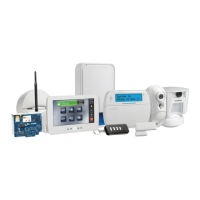
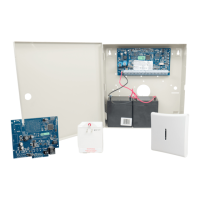


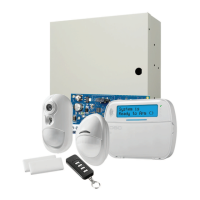
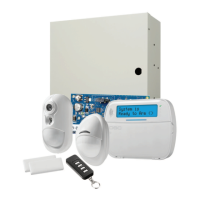
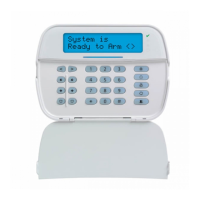
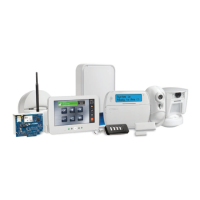
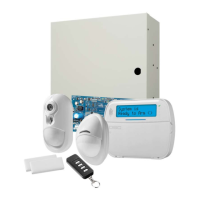
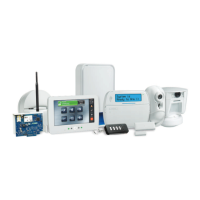
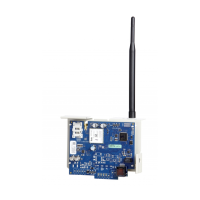
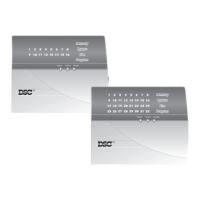
